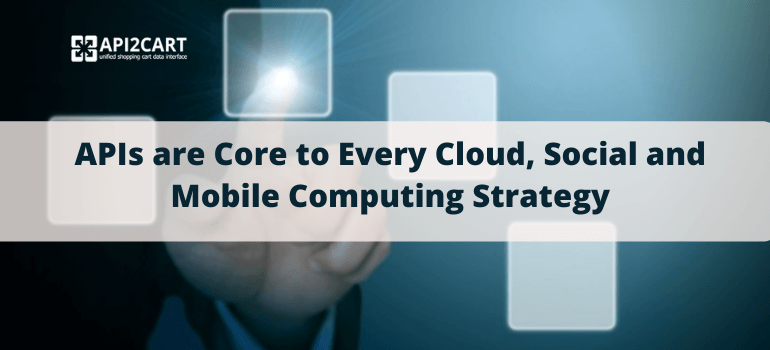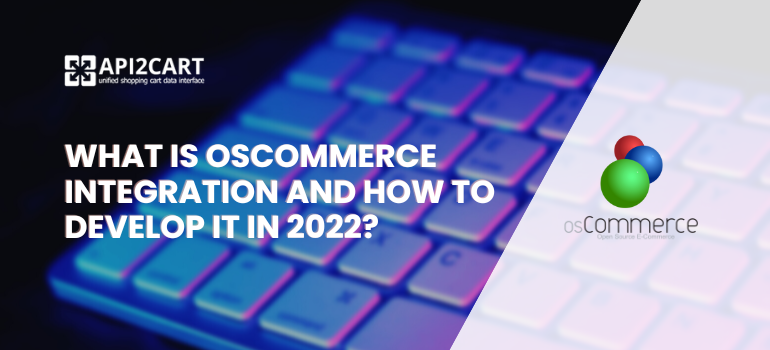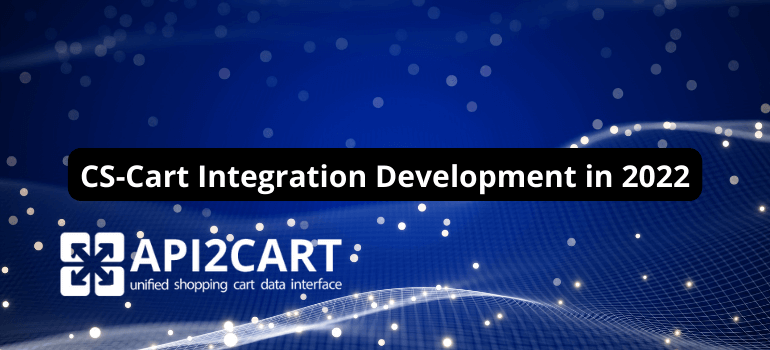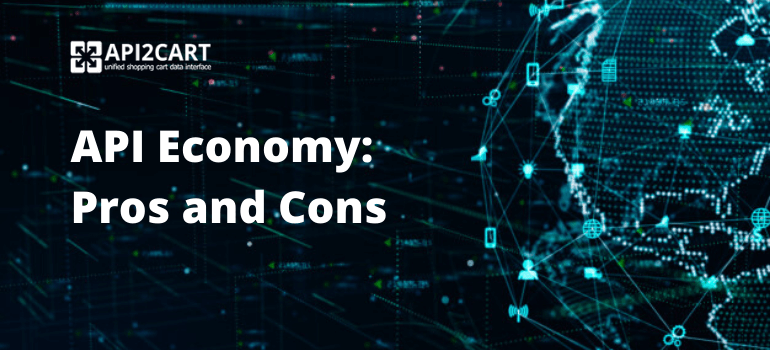
Have you ever heard about the 5 Axioms of the API Economy? These axioms are a joint post of Craig Burton, one of the leading visionaries and analysts in the computer industry and Steven Willmott, CEO at 3scale. Read the intro article about the API Economy at our blog.
The Five Axioms of the API Economy
- Everything and everyone will be API enabled.
- APIs are core to every cloud, social and mobile computing strategy.
- APIs are an economic imperative.
- Organizations must provide their core competence through APIs.
- Organizations must consume core competences of others through APIs.
This week the Axiom #2 is presented to show the API as an integral part of three major forces that are transforming the Web - The Computing Trifecta - Mobile, Social and Cloud Computing.
Early Web systems were single destinations acting as self-contained silos within which a browsing user could act – consuming information, uploading data or authorizing transactions. Many current systems still function this way. However, while this metaphor functioned credibly for a “human-powered” Web, it provides no support for the software-to-software interactions that that are increasingly occurring between devices and web services.
As web interactions become more automated, higher velocity and more fragmented (many smaller transactions like sending a tweet – versus large ones like downloading and browsing an entire web page) software-to-software interactions are a clear requirement for success. Humans in the loop simply cannot effectively keep up with the velocity and accuracy required. Nowhere is this better exemplified than the implementation of what are commonly the three largest Information technology challenges faced by organizations today: cloud computing, social and mobile.
APIs in the Computing Trifecta — Cloud, Social and Mobile Computing
“Cloud Computing” is a term used so much that its meaning can often be obscured or misunderstood. It is generally accepted that cloud computing is thought of as a stack of services classes. The three classes of services are Software-as-a-Service (SaaS), Platform-as-a-Service (PaaS), and Infrastructure as a Service (IaaS).
Modern SaaS apps have evolved way beyond this and providing the means for software integration with a SaaS app for customers and/or partners is table stakes in almost every sector. Further, for PaaS and IaaS layers, the means to integrate with the platform/infrastructure via APIs is in many cases the key driving factor in adoption decisions:
- SaaS: APIs are crucial for adoption since they enable customers of the service to carry out bulk operations, integrate tightly with other SaaS applications and internal processes, as well as providing an extra level of comfort with respect to platform lock-in. Almost every major SaaS offering is now deploying at least customer-facing APIs to permit easy integration. Many also have or plan to have partner ecosystem APIs enabling third parties to develop add-ons and modules that benefit their customers.
- PaaS: Platforms provide compute, storage, messaging and other services and essentially act as hosted APIs onto which developers can layer their code. APIs for PaaS essentially fall into two categories – those available to the code effectively running on the provided PaaS servers themselves, and those available to push-pull data into and out of the service. This access may be for other parts of the application that are not hosted on the PaaS, mobile applications calling the PaaS or for bulk control, management or monitoring operations.
- IaaS: Last but not least, as with PaaS services, APIs play a key role in remote access to the infrastructure being provided. In this case, most IaaS providers are providing raw compute power, storage and networking as a resource – so application development for code which is to run on the IaaS is often directly using the operating system primitives available (Linux, Windows etc.) rather than some higher level, more abstract API as they do in the PaaS. However, the external APIs for bulk operations, control, management, monitoring remain critical.
In each of these cases, while it is still technically possible to use a cloud-hosted service in a way in which everything about the application is hosted within that single cloud service and requires no external integration, this mode of operation is insufficient for almost all significant use cases. Trends in the market also show a strong correlation between the strength of a cloud service provider’s APIs and their relative success in the market.
Social and APIs
Social media has clearly had an enormous impact on both consumer Internet usage and enterprise applications. Facebook now counts more than 1.2 billion users, Twitter 230M, Instagram 15M and popular messaging app Whatsapp was just acquired by Facebook for $19B. On the enterprise side, social integration with mainstream networks as well as “social” features to enterprise products are all now table stakes for most organizations. Diverse examples of enterprise social products include:
- In-enterprise social network products such as Salesforce Chatter, Yammer and others
- Code collaboration products such as Github and Altlassian’s Bitbucket
- Collaboration tools including wikis and task managers
As user behavior continues to reinforce the growth and importance of social media and the value of enterprise social increases, companies and individuals are compelled to include social integration options in their own workflows and products. Such an integration or addition requires the use of APIs – either by integrating APIs provided by third parties or (in the case of products with a social dimension) providing a new API. At their core, social systems provide a range of key functions:
- Messaging and notifications
- Media sharing
- Collaboration
- Search and monitoring
- Data aggregation
Mobile Computing and APIs
For the final category, it goes without saying that mobile is a huge driver of API adoption. However, it may not be 100 percent clear as to why this is so for an individual company – after all, it is rare that an organization sets out to build an API if their focus is putting an application in a user’s hands. However, APIs are at the heart of such projects since they provide the server-side synchronization point with which applications communicate.
Going back to 2008 and the launch of the iPhone with the first generation of apps, and even further back to early feature phones Blackberry and Palm Pilot, the vast majority of apps were a software that ran in a self-contained manner on the mobile device. In other words, the app’s value was solely in the software executing on the device.
Through 2009, and to this day, a continuing transformation has taken place in that almost all meaningful apps are composed not only of software executing on the device but also server-side services that provide support services. Everything from backup to live data or ecommerce transactions functions this way. This server connection requires an API to receive and respond to traffic. With the rise of Android and the proliferation of the number of device types that can run mobile apps, there are often many versions of a mobile app that are available at any one time – all of which need to be able to access server-side components.
A modern mobile strategy is therefore increasingly like the one shown in Figure 2, with an API-driven core and a wide variety of different clients calling the API.
These trends in APIs are likely to be at the heart of many of the major strategic IT initiatives most companies have planned. This is becoming increasingly true as the number of end devices, operating systems and frameworks a given company wants to deliver mobile functionality to also increases, and so the value of an API increases rapidly if it can be shared by different clients.
Summary
As with the first axiom, the truth of this axiom may seem obvious – but this is part of the point. APIs are often “in the picture” of transformative strategies in mobile, social and cloud, but rarely mentioned. Every organization is evolving strategies to deal with the Trifecta—cloud, social and mobile computing— and these come in varying shapes and sizes. However, it is critical they are viewed from a perspective of being API-centric since APIs are a key glue which makes each of them stick.
This is the second Axiom in this series. I hope that you find this article informative. If you have some questions about the usage of Application Programming Interface in eCommerce and wonder how API2Cart’s unified API can help in profit-making, request a call with us and our representative will contact you.



